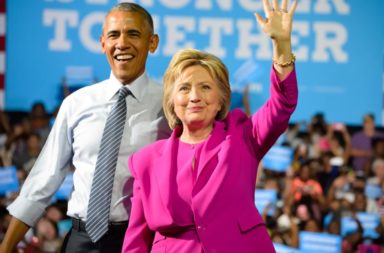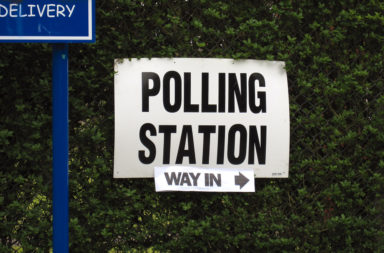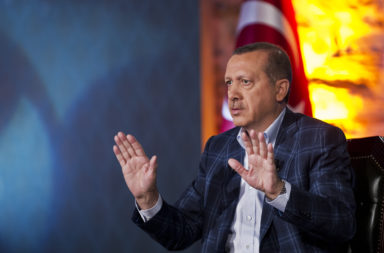His vision is positive. The world is becoming less separate, and more connected says famed researcher Parag Khanna in an exclusive interview with GLOBALO.
His newest interesting book CONNECTOGRAPHY– Mapping the Future of Global Civilization was just released.
Huge mega-cities- like here New York at night- will drive progress on earth.
Parag Khanna is a truly global individual, growing up in India, The United Arab Emirates, The United States, and Germany. He studied International Affairs at Georgetown University, and in 2001 he received a PhD from the London School of Economics.
Parag Khanna is a leading global strategist, world traveler, and best-selling author. He is a CNN Global Contributor and Senior Research Fellow in the Centre on Asia and Globalisation at the Lee Kuan Yew School of Public Policy at the National University of Singapore. His previous books include The Second World and How to Run the World. He is also Managing Partner of Hybrid Reality, a boutique geostrategic advisory firm, and is a Young Global Leader of the World Economic Forum..
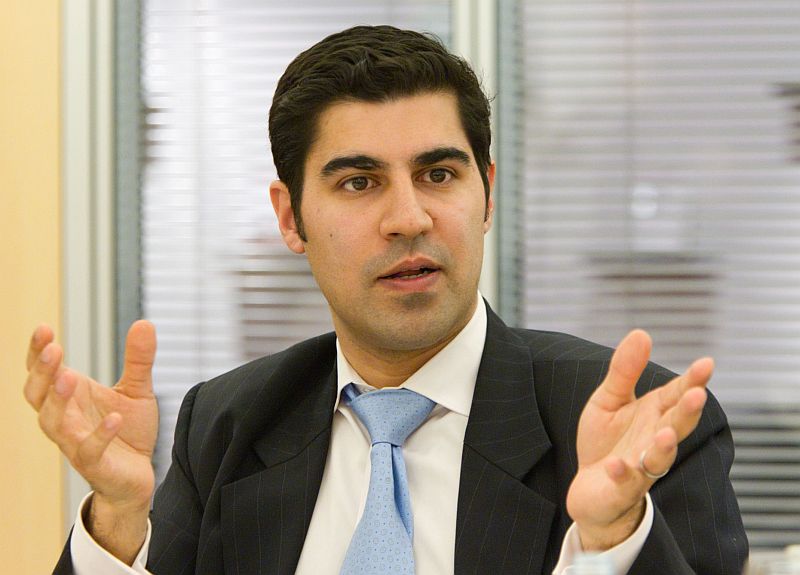
In an exclusive interview with GLOBALO from Singapore, Parag Khanna speaks about his new book.
Mr Khanna dismisses the claim that we are in a time of extreme crisis, by putting things in relative terms.
- “This is not unprecedented. The 1980s was an incredibly turbulent, violent decade.”
- He says that “we always amplify the present because we live in it, and we also tend to forget the past.”
- Additionally, “the number of international conflicts has fallen to nearly zero.” This is speaking specifically about armed international military conflicts.
- “If we look at the entire world, what we see is that the dominant pattern is much more infrastructural integration across borders than it is conflict over borders” Mr Khanna says.
- “By and large, both statistically and empirically, around the world we see far more openness than we see closure.”
- Mr Khanna looks at the EU borders, and compares it to the ASEAN region, which has a population of around 750 million people, which has just passed a ASEAN Economic Community, which provides economic mobility for people in the region.
- “More people, most of the time, all of the time, are experiencing more mobility, more connectivity, more freedom, and more security and more opportunity than ever before.”
- Even though in the media we see icons like Donald Trump or right-wing European extremists giving the impression that the world is closing up, Mr Khanna thinks “these are not representative of the world.”
- In regards to the future, Mr Khanna tries to remind young people “they obviously are too young to have remembered the suffering that their parents and grandparents generation went through to build this Europe.”
- Mr Khanna cites history as his defense for migrating to a more open and connected society. “In the real world…we know from hundreds and hundreds of years of history and plenty of research, that the most successful, most stable, most peaceful, most prosperous societies in the world are also those that are the most open and the most connected and the most integrated with their neighbors and beyond.”
Many of the proponents of separation claim that in a globally integrated society, trade has decreased in the past years. Mr Khanna strongly denies this claim. In fact, trade is at its highest in history.
- We have never had higher volumes of net international capital flows. We may have had a pullback of certain flows of capital from emerging markets in precisely the last 18 months, but that does not mean the total volume of capital flows has fallen.”
- Mr Khanna says that we should not think only in the trade of goods. “that’s not the correct way to measure the total volume of trade. We don’t even have good data for the volume of services, and the value of services traded in the world economy is far larger than the value of goods traded.”
- “The capacity for global interaction is growing every minute. Because we are building more roads, more railways, more pipelines, more electricity grids, more internet cables, more data centers, more satellites. All of those things that facilitate connectivity are growing” Mr Khanna says.
Listen to the entire interview as an audio file here:
What is Connectography?
According to Khanna, “Connectography represents a quantum leap in the mobility of people, resources, ideas; but it is an evolution of the world from political geography… to functional geography”
Simply speaking connectography is the combination of connectivity and geography, and the role this idea plays in the new map of the world.
The book, by Parag Khanna, is truly revolutionary, as it depicts the way the world will become. Where “mega-cities compete over connectivity more than borders”. Where national borders are not as relevant, they are far more fluid. But throughout all of this, is the race to connect. Connect via roads, rails, pipelines, and data cables, because the cities that are the most connected are the most successful.
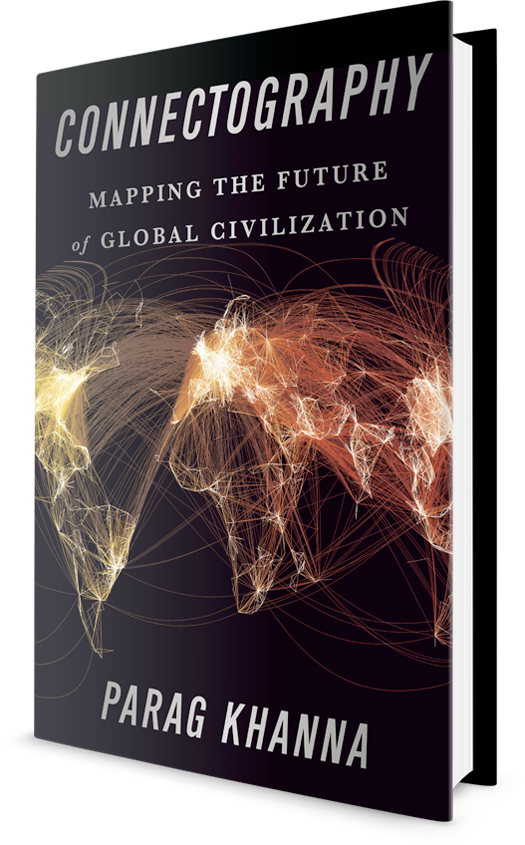
“Our global system is evolving” Khanna says. “We are moving away from the stringent borders of the 20th century, and investment in infrastructure is more than the total defense spending, with Asia leading the charge.”
He supports this example with showing the growth of urban sprawl, and the notable example of San Diego and Tiajuana. The two places share an airport terminal, where one can enter via either country, lowering the political/national barriers, moving toward connectivity.
His thesis:
- We will be defined by mega-cities, not international borders.
- Smaller cities will become the “suburbs” of the mega-cities
- We must understand the flow of people and goods to and from these mega-cities to see the true “map of the future”
- Our first priority is sustainable urbanization. Transfer of knowledge between cities is how we can reduce the environmental impact.
- Extreme income inequality is the other problem. “Only when we build sufficient, affordable public housing, when we invest in robust transportation networks to allow people to connect to each other both physically and digitally, that’s when our divided cities and societies will come to feel whole again.”
